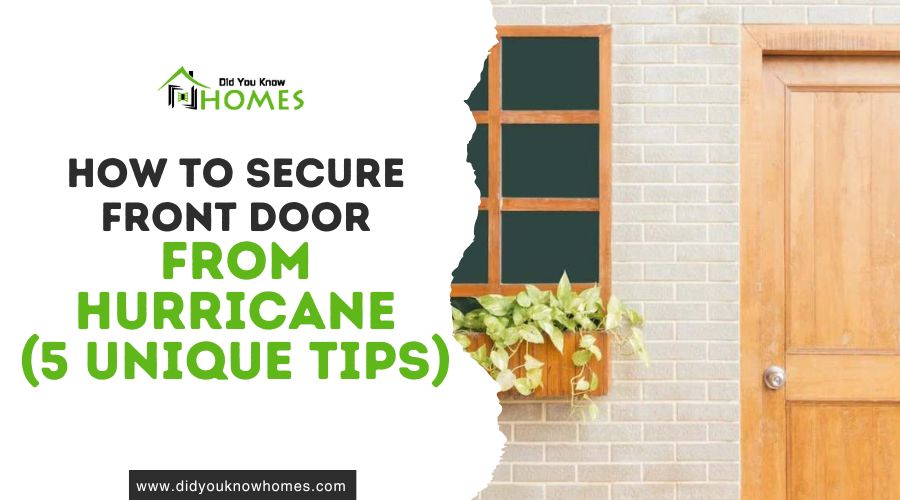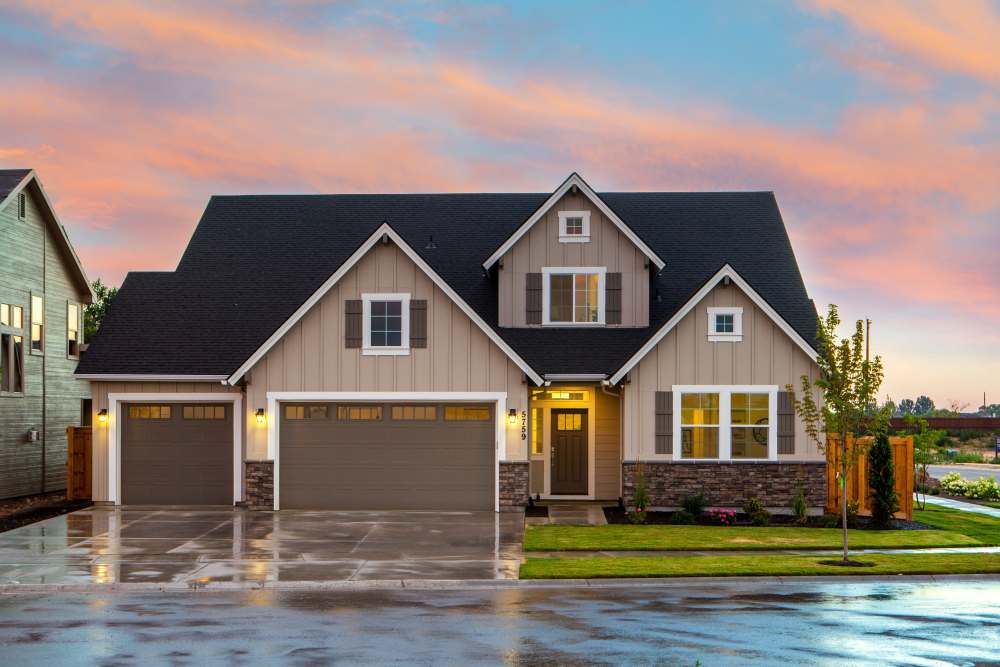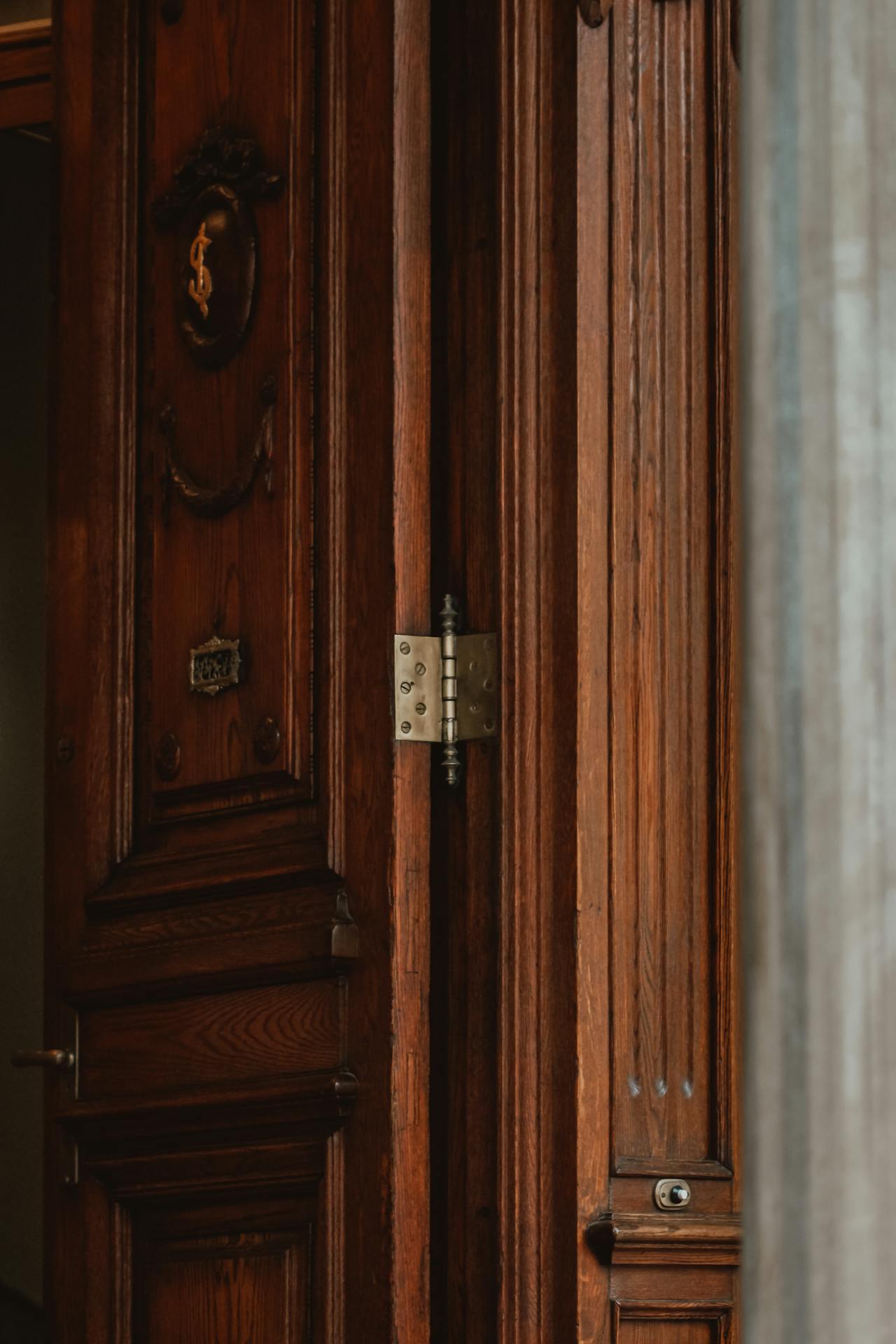As hurricane season approaches, homeowners in vulnerable areas face the critical challenge of protecting their properties from the devastating impact of these powerful storms. Securing the front door, the first line of defense against the raging winds and flying debris becomes a top priority. This article aims to guide you through practical and effective strategies to reinforce your front door, ensuring it stands strong in the face of nature’s fury.
How Strong is a Hurricane?
Hurricanes are among the most powerful and destructive natural phenomena on Earth, categorized by their wind speeds, which dictate their potential for damage. The Saffir-Simpson Hurricane Wind Scale classifies these storms into five categories, with Category 1 being the least severe and Category 5 the most catastrophic. A Category 1 hurricane has winds of 74-95 mph and is capable of causing damage to unanchored mobile homes, shrubbery, and trees. Conversely, a Category 5 hurricane boasts winds exceeding 157 mph, with the power to cause catastrophic damage to buildings, uproot trees, and turn loose debris into dangerous projectiles.
The scale underscores not just the wind speed but also the potential for storm surges, flooding, and loss of life and property. With each increase in category, the risks and potential for destruction rise exponentially. Understanding the strength of hurricanes is crucial for preparedness and response, highlighting the importance of securing homes and communities against these formidable forces of nature.
Tips for Securing Your Home’s Front Door From a Hurricane
As hurricanes continue to pose a significant threat to many areas, securing your home’s front door becomes a critical step in preparing for these powerful storms. The front door is not just an entry point but can also be a vulnerable spot during a hurricane. Here are five practical tips to enhance the safety and integrity of your front door against the forces of a hurricane.
1. Install a High-Impact Door
Standard doors may not withstand the powerful winds and flying debris brought by a hurricane. Upgrading to a high-impact door designed specifically to resist these forces can offer much-needed protection. These doors are constructed with materials that can absorb and disperse the energy from impacts, reducing the risk of breaches. Ensuring your door has a solid core and is framed securely can make a significant difference in its ability to protect your home.
2. Use Storm Shutters or Panels
Adding storm shutters or panels to your front door is an effective way to shield it from flying debris, one of the primary dangers during a hurricane. These protective barriers can be made from various materials, including metal, polycarbonate, or plywood, and are designed to be installed quickly as a storm approaches. While permanent solutions offer convenience, temporary options can also provide substantial protection when installed correctly.
3. Reinforce Door Hinges and Locks
Strengthening the hinges and locks of your front door can prevent it from being blown in or ripped off its frame by hurricane winds. Installing heavy-duty, corrosion-resistant hinges and a deadbolt lock adds layers of security. For added reinforcement, consider using screws that are longer than standard sizes to anchor the door more firmly into the wall structure, ensuring it stays in place even under extreme pressure.
4. Seal Gaps and Cracks
Ensuring that there are no gaps or cracks around your front door is essential to prevent water damage and wind intrusion. Use weather stripping and caulk to seal any openings, no matter how small they may seem. This not only helps keep out wind and rain but also improves your home’s overall energy efficiency. Regularly check these seals for wear and tear and replace them as needed to maintain a tight barrier against the elements.
5. Consider a Door Brace
For an additional layer of protection, installing a door brace can offer substantial resistance against the pressure exerted by hurricane winds. A door brace is a vertical or horizontal bar that adds structural strength to your door, preventing it from being forced inward. These braces can be adjustable and removable, making them a practical option for preparation in hurricane-prone areas.
Additional Tips:
These additional measures should also be considered as options as well to ensure your prepared:
- Apply Hurricane Film: While not a substitute for shutters or impact-resistant doors, hurricane film can prevent glass inserts in your door from shattering into dangerous shards. It’s a clear, adhesive film that adds a layer of protection to the glass.
- Secure Entryway Decor: Remove or securely anchor any decorative elements near your front door, such as potted plants or outdoor furniture, to prevent them from becoming projectiles during high winds.
- Inspect and Maintain Regularly: Regularly inspect your front door and its protective measures for any signs of wear and tear or damage. Routine maintenance can ensure your door remains as secure as possible when a storm hits.
- Consider a Smart Home Security System: Modern smart home security systems can provide alerts for open or compromised doors. Some systems allow you to monitor your home remotely, giving you peace of mind during a storm.
Things to Know About Hurricane Force Winds
These facts underscore the immense power of hurricane winds and the importance of preparedness and respect for these natural events to mitigate their impact on human life and property.
- Saffir-Simpson Hurricane Wind Scale: Hurricane winds are categorized using the Saffir-Simpson Hurricane Wind Scale, which ranges from Category 1 (least severe) to Category 5 (most severe). Category 1 hurricanes have wind speeds of 74-95 mph, while Category 5 hurricanes exceed 157 mph.
- The Eye Wall: The strongest winds in a hurricane occur in the “eye wall,” the tight ring of storms surrounding the eye, or center, of the hurricane. Wind speeds can reach over 150 mph, causing catastrophic damage.
- The Eye: Contrary to the violent winds of the eye wall, the eye of a hurricane is characterized by calm weather and clear skies. The eye can range in size from 2 to more than 200 miles across.
- Rapid Intensification: Hurricanes can undergo a process known as “rapid intensification” when their wind speeds increase by at least 35 mph in a 24-hour period. This can happen when a hurricane moves over exceptionally warm waters, providing more energy.
- Storm Surge: Although not directly caused by wind, the storm surge is a direct effect of hurricane winds. These strong winds push ocean water toward the shore, leading to flooding in coastal areas.
- Super Typhoons: In the Western Pacific, hurricanes are known as typhoons, and those with wind speeds exceeding 150 mph are referred to as “super typhoons.”
- Wind Speed and Coriolis Effect: The rotation direction of hurricane winds is influenced by the Coriolis effect. In the Northern Hemisphere, hurricane winds rotate counterclockwise, while in the Southern Hemisphere, they rotate clockwise.
- Duration and Distance: Hurricane winds can sustain their intensity for over a week and travel thousands of miles from their point of origin, affecting areas far removed from where they first formed.
- Tornadoes Within Hurricanes: Hurricanes can spawn tornadoes, which can enhance local wind damage. These tornadoes typically occur in the right-front quadrant of the storm, relative to its direction of travel.
- Historic Wind Speeds: The highest wind speed ever recorded in a hurricane was 215 mph, observed in Hurricane Patricia in 2015 over the Eastern Pacific. Patricia holds the record for the strongest wind speeds of any tropical cyclone globally.
Conclusion
By taking these steps to secure your home’s front door, you can significantly reduce the risk of damage during a hurricane. Preparing in advance and investing in these protective measures can make a crucial difference in safeguarding your property and ensuring the safety of its occupants.





